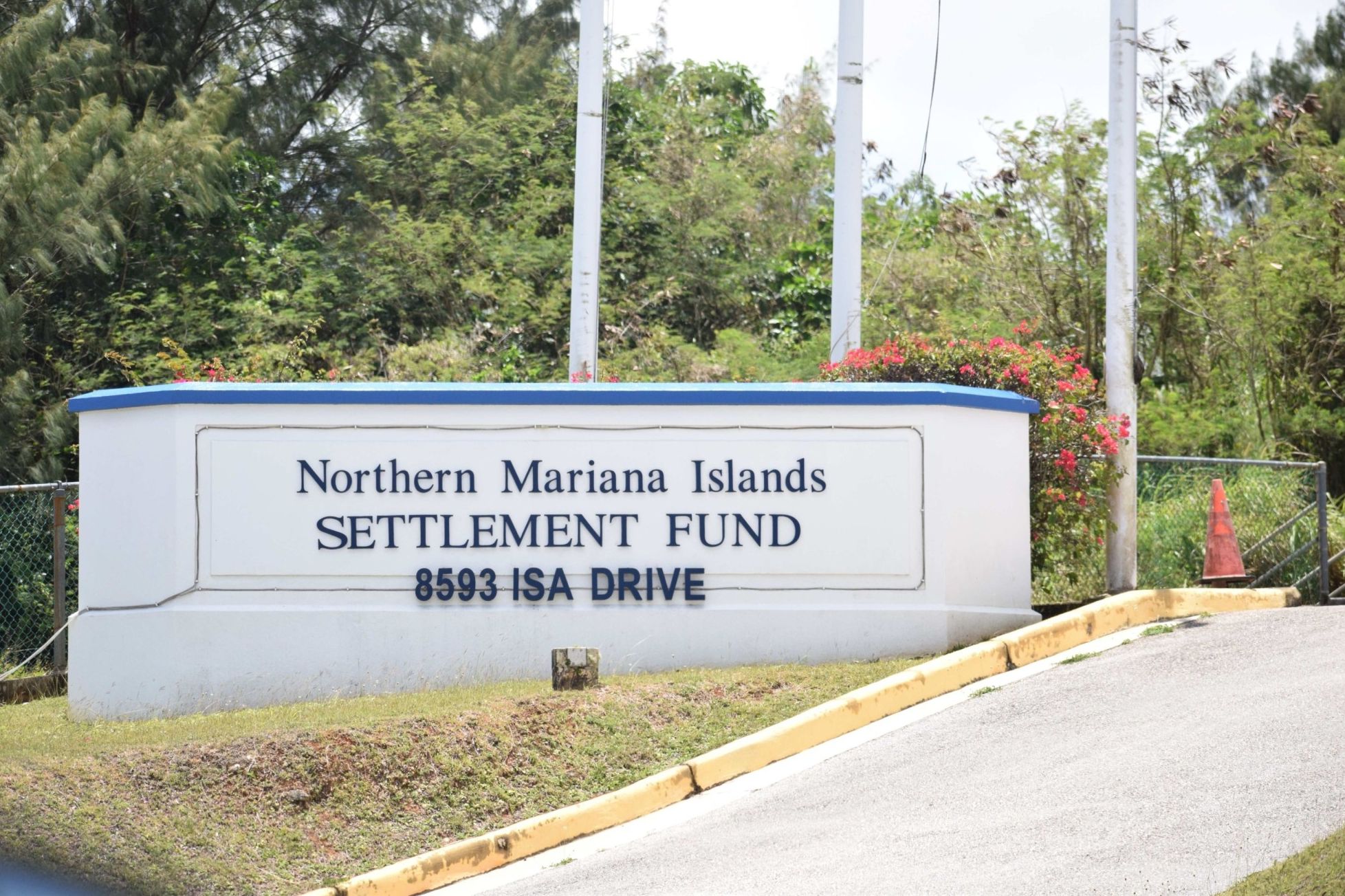THREE things to remember when discussing the “war on drugs”:
1) For each news story about an arrest of a pusher, or the discovery of contraband drugs, ask yourself: how many pushers are still doing business out there, selling contraband drugs that have managed to get through?
2) There can be no supply where there is no demand. And when there is high demand, the profits will be temptingly high enough for some plucky suppliers. As a federal public defender on Guam told Variety years ago, “There are no limits to the human imagination when it comes to smuggling illicit drugs.” Incidentally, the profits from selling illegal drugs are huge. Why? Because they’re illegal.
3) Drug addiction. Addiction, according to an online dictionary, is “the state of being compulsively committed to a habit or practice or to something that is psychologically or physically habit-forming, as narcotics, to such an extent that its cessation causes severe trauma.” My italics.
In an essay published recently, The Wall Street Journal reminded readers that America’s longest war isn’t the 20-year fight in Afghanistan.
“That struggle is dwarfed by the War on Drugs, started by President Richard Nixon more than 50 years ago and still raging.
“The drug war — which has relied on both law enforcement and the military, at a cost of untold lives and hundreds of billions of dollars — has fared little better than the Afghan campaign. Since Nixon’s declaration of war in 1971, drug use has soared in the U.S. and globally, the range and potency of available drugs has expanded and the power of criminal narcotics gangs has exploded.
“At the current rate, accidental drug overdoses are killing some 100,000 Americans annually, and those deaths have roughly doubled every decade since 1979. Law enforcement is now focused not only on the deadly opioid fentanyl but on a surge of new, stronger methamphetamines, capable of giving users mental disorders in just a few days. In Europe, cocaine seizures have hit record volumes, and Europe may now be a bigger market for cocaine than the U.S., according to the Drug Enforcement Administration.
“As one popular saying has it: We declared war on drugs — and drugs won.”
Today, The Wall Street Journal reported, “drug-trafficking revenues in places like Mexico fund increasingly sophisticated and dangerous gangs that rival the government in firepower, collect their own taxes through widespread extortion, and even run welfare programs to win social support. Organized crime is rising across Europe, leading to gangland hits in once-peaceful countries such as the Netherlands and Belgium. Abundant narco-cash is even flooding into cities never before known as drug havens, from Antwerp to Dubai.”
But that’s not all.
“The global spread of synthetic drugs like methamphetamine, fentanyl and synthetic opioids is complicating interdiction — the core of America’s strategy for 50 years.”
The WSJ noted that narcotics “once originated in a handful of regions where their source plants could grow: marijuana in Mexico, coca in Colombia, opium poppies for heroin in Afghanistan. They required large-scale agriculture, which governments could target for eradication. The drugs, often bulky, then moved along known trade routes.”
That model is changing, the WSJ reported.
“The new synthetics can be manufactured almost anywhere, using easily obtainable chemicals. Tiny amounts are enormously powerful and profitable. Those innovations simplify trafficking and undermine policing. All the fentanyl entering the U.S. annually could fit into 15 or 20 cars, says Daniel Ciccarone, a professor of family medicine at the University of California at San Francisco who has researched street-based drug use for two decades. An estimated 200,000 vehicles cross the U.S.-Mexico border daily.
“Trying to stop drugs coming into the U.S. was always a bit like looking for a needle in a haystack. But now the needle is so much smaller,” says Victor Manjarrez, a former high-ranking Border Patrol officer. Mr. Ciccarone goes a step further: “It’s the angel on the head of the pin in the proverbial haystack.”
Now if there is one place on God’s green earth where the authorities could prevent the entry of illegal drugs, it should be a U.S. corrections facility, right?
In July 2021, the Marshall Project, a non-profit, non-partisan news organization, reported about “The Nation’s Overdose Crisis in Prisons and Jails: Behind bars, drug use is rampant and uniquely deadly, new data shows.”
According to the Marshall Project:
“Behind bars, overdose deaths may have risen so sharply because drug use is not only widespread there, but also uniquely dangerous, said Harold Pollack, a University of Chicago professor who studies drug use in prison. ‘Substances that come into the jail or prison don’t exactly go through the FDA lab to know what’s in there,’ he said.”
An inmate, “John,” told The Marshall Project that the federal prison where he is held is “flooded with drugs.” “When John went to prison roughly a decade ago, he said, he had never done hard drugs. Now he gets high every day and has tried everything from meth to heroin. Men fall unconscious with some regularity, he said, usually from smoking paper soaked in liquid K2, though they’re not really sure if there’s fentanyl or PCP on it, too.”
We need to seriously re-think this “war on drugs.” And it’s not a “war” to begin with, but a massacre.
Send feedback to editor@mvariety.com












